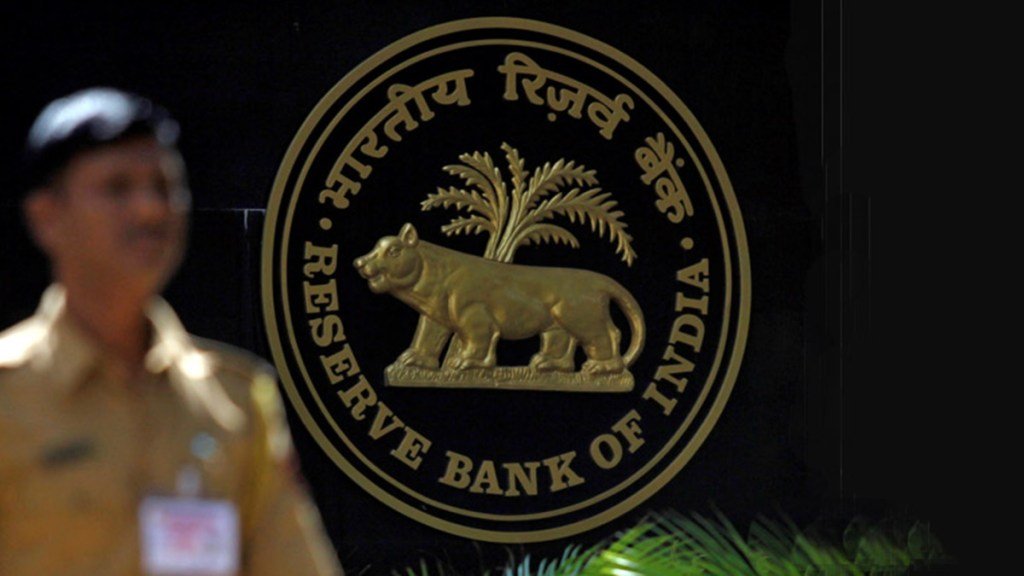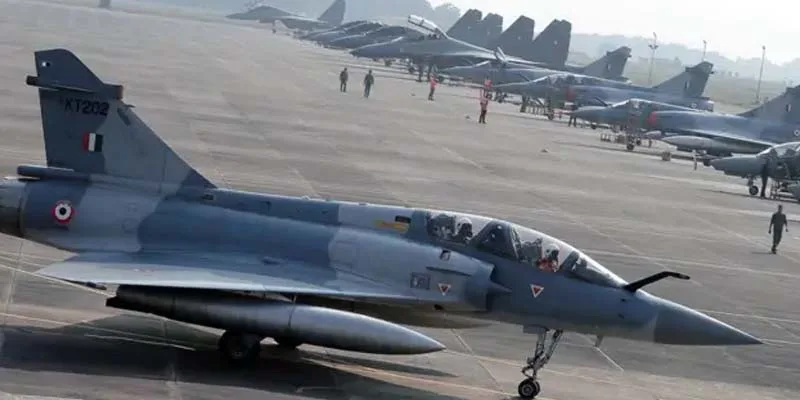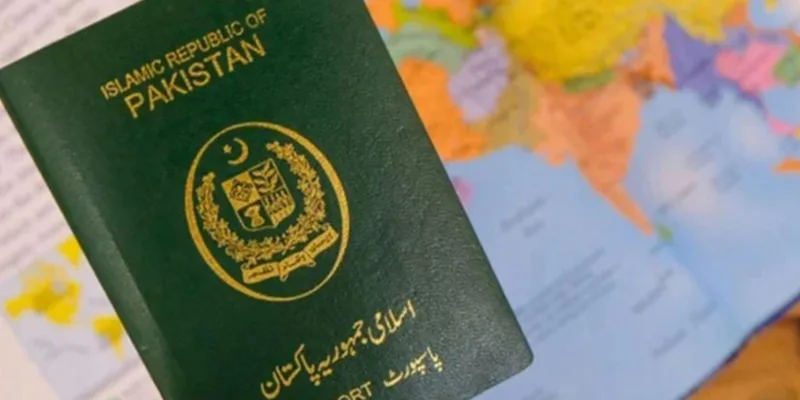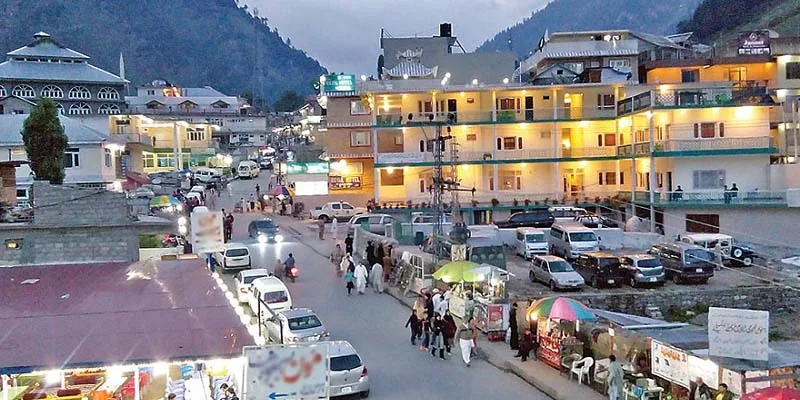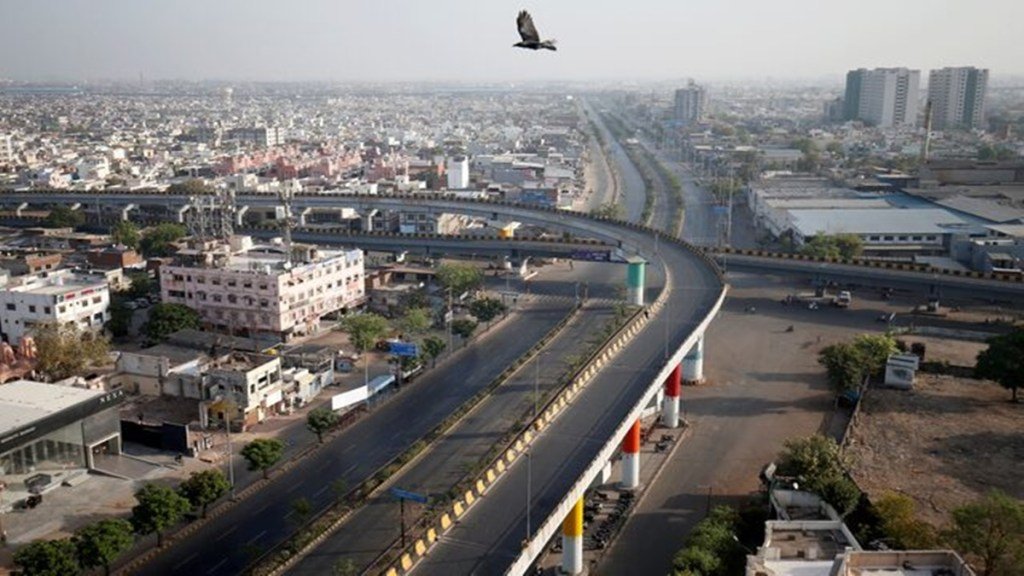
The government is preparing to review the model contract for the Toll Operate Transfer (ToT) mode of highway monetisation to enhance its viability and attract more investors. A revised draft of the concession agreement is expected to be ready by April. The updated norms will also address government concerns, as Infrastructure Investment Trusts (InVITs) currently offer better returns compared to the ToT model. Reports indicate a growing preference within the government for InVIT over ToT.
Officials have acknowledged ongoing policy discussions regarding ToT. However, the Committee of Secretaries on Monetisation, led by the Cabinet Secretary, has decided that both ToT and InVIT will continue as tools for monetisation. These models will be crucial in achieving the ambitious targets outlined in the upcoming National Monetisation Pipeline (NIP). Over the next five years, the NIP aims to generate Rs 10 lakh crore, with highways contributing Rs 3.5 lakh crore.
The last review of the Model Concession Agreement (MCA) for monetising publicly funded national highways took place in March 2024. This revision reduced the interval between toll collection reviews from seven years to five, ensuring that fluctuations in toll revenue are addressed promptly. The number of reviews during a concession period was increased from two to three, allowing for more frequent adjustments. The threshold for triggering a concession period review due to variance in toll collections was also lowered from 20-30% to just 5%. Now, if toll revenue deviates by 5% from projections, the concession period will be modified accordingly.
A revised MCA for highways developed under the Build Operate Transfer (BoT) model is also expected in April. This revision aims to create a fairer balance of risk between the government and private developers. The Ministry of Road Transport and Highways (MoRTH) now mandates that all pre-construction preparations must be completed before issuing a letter of award.
Revitalising the BoT model is a key priority as the government shifts its focus to high-speed corridors, which require significant capital investment. The plan is to expand the total length of high-speed corridors from 4,500 km to 50,000 km, supporting more efficient logistics and infrastructure development.



